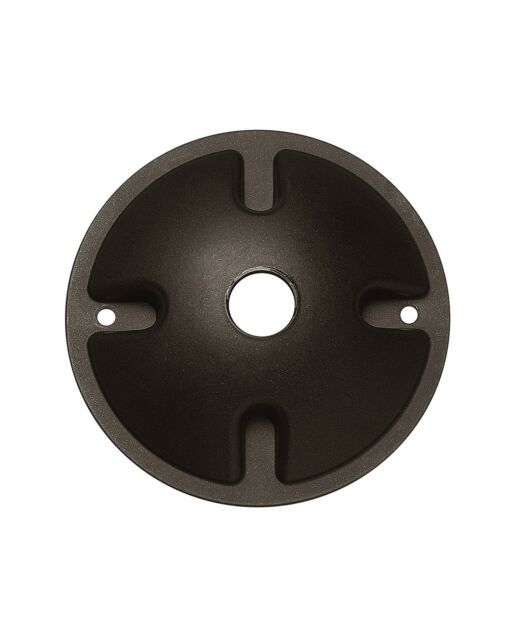Junction Box Cover
Junction Box Cover
Landscape Light Junction Box Covers by Hinkley Lighting
Couldn't load pickup availability
Payment methods
Your payment details are transmitted securely during checkout. Card numbers aren’t stored, and full card information isn’t accessible.
Shipping
Shipping
Free shipping on orders $99+ within the contiguous U.S. (excludes Alaska & Hawaii). Orders under $99 ship via flat-rate ground for $14.99. Review our full Shipping Policy here.
Returns
Returns
Most unused items in original packaging may be returned within 30 days of delivery for a refund. Items labeled “Final Sale,” “Open Box,” or “Clearance” are not returnable. Shipping charges are non-refundable and a restocking fee applies. Review our full Return Policy here.
Share

Specifications
| Brand: | Hinkley Lighting |
| Part Number: | 0022BZ |
| UPC: | 640665002201 |
| Category: | Landscape Light Junction Box Covers |
| Dimensions: | 4.5"W x 0.75"H x 4.5"L |
| Weight: | 0.25 Lb. |
| Material: | Aluminum |
| Finish: | Bronze |
Landscape Light Junction Box Covers FAQs
What is a landscape junction box cover and why do I need one?
A landscape junction box cover seals and protects low‑voltage lighting splices and take‑offs in handholes or in‑grade boxes. It keeps connections accessible, shields them from debris and UV, and helps meet code requirements for accessible, protected splices.
Which box types and sizes are these covers designed to fit?
Covers match specific handhole/junction box footprints—round, rectangular, or irrigation‑style lids in common diameters and lengths. Check the manufacturer’s spec for the exact box series and opening dimensions to ensure a tight, rattle‑free fit.
Are the covers weather‑resistant and suitable for direct burial areas?
Look for gaskets or close‑fitting lids and materials rated for outdoor use. Many covers are UV‑stable polymer or composite; some include weather skirts. Use with boxes that provide drainage or gravel bedding so incidental water does not sit against splices.
How do I select a cover with the right load rating (pedestrian vs. vehicle)?
Choose pedestrian‑rated covers for lawns and beds and heavier load ratings near driveways or service areas. Manufacturers publish load classes; select one that exceeds the expected traffic so the lid won’t crack or deform.
What wiring and splice practices should I follow inside the junction box?
Use listed direct‑burial or gel‑filled connectors and keep splices above any water line inside the box. Provide strain relief on cables, maintain polarity, and leave extra slack for future service. Do not bury open splices directly in soil.
How deep should the box be set and how do I keep water from pooling?
Set the box top flush with grade and bed it in compacted gravel for drainage. Avoid locating boxes in depressions; if unavoidable, provide a drain path so rainwater can’t pond around the lid.
Can I lock or tamper‑proof a junction box cover in public spaces?
Yes—many covers accept security screws or padlock hasps. Use stainless fasteners to resist corrosion in wet or coastal environments.
How do I locate and service buried junction boxes later on?
Mark box locations on an as‑built plan and add discreet grade markers or tags on nearby hardscape. A simple GIS pin or photo log saves hours when troubleshooting later.
What materials and finishes hold up best outdoors and in UV exposure?
UV‑stable polymers and fiberglass‑reinforced composites resist fading and cracking; powder‑coated metals are durable but can heat up in sun and may need touch‑ups over time.
What quick checklist should I follow when installing a junction box and cover?
Before backfilling: confirm box depth/level, drainage bed, listed connectors, slack loops, and torque on lid screws. After backfill: test circuits, re‑seat the lid, and document the location for maintenance.

